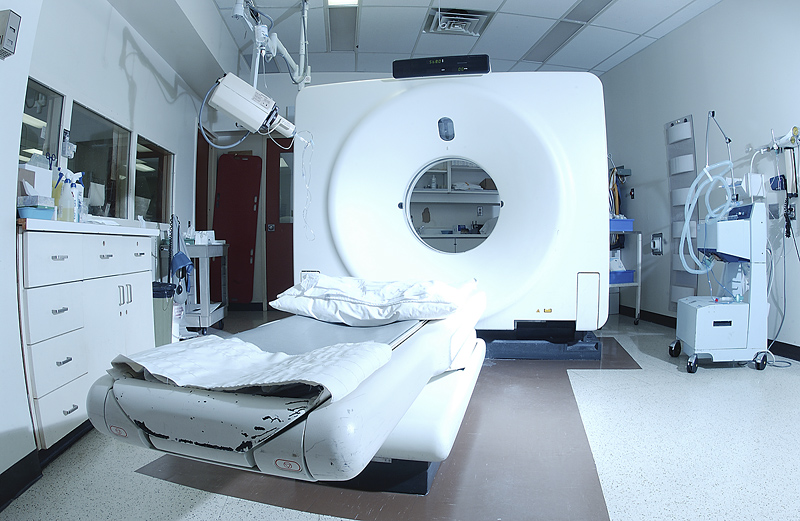
WEDNESDAY, Feb. 11, 2015 (HealthDay News) — The eye’s optic nerve may provide clues to a stroke patient’s survival, a new study indicates.
The research focuses on the sheath surrounding the optic nerve, which connects the eye and the brain. Using ultrasound to measure the thickness of the sheath may help spot patients at higher risk of death within days or months due to higher pressure inside the skull, according to a team from the University of Florida in Gainesville.
“Ultrasound on the optic nerve can be used to test your brain for swelling, which sometimes occurs after a major stroke,” explained study author Dr. Vishnumurthy Hedna, an assistant professor of neurology at the university.
“This can be done by looking at the nerve diameter behind your eye with ultrasound images, since it is thought that when your brain swells, pressure gets transmitted towards your eyes,” Hedna said in an American Stroke Association news release.
Hedna’s team was scheduled to present the findings on Wednesday at the American Stroke Association’s annual meeting in Nashville, Tenn.
The study included 86 stroke patients suspected of having a buildup of pressure in the skull. They all underwent ultrasound to assess the optic nerve sheath.
Among patients with ischemic strokes (caused by a blood clot), the average diameter of the sheath was about 5.8 millimeters in those who later died, compared with about 5.3 millimeters in those who survived, the researchers said.
In patients with a bleeding (hemorrhagic) stroke, the average diameter of the sheath was about 6.2 millimeters in those who later died, compared to around 5.7 millimeters in those who survived, the findings showed.
For every millimeter increase in sheath diameter, the risk of death within six months was four times higher in patients with ischemic stroke, and six times higher in those with a bleeding stroke, the researchers reported.
The investigators also found that the larger the diameter of the optic nerve sheath, the greater a patient’s risk of being disabled six months after a stroke.
Data presented at medical meetings is typically considered preliminary until published in a peer-reviewed journal. However, Hedna believes the new test might help prompt doctors to “treat your stroke with medications that would reduce brain pressures.”
Currently, pressure inside the head is monitored directly from within the skull or with a spinal tap. Optic ultrasound is a simple safe, bedside test, Hedna said.
“Other methods are invasive, involve radiation, and are not cost-effective,” he added.
More information
The U.S. National Heart, Lung, and Blood Institute has more about stroke.
Copyright © 2025 HealthDay. All rights reserved.

